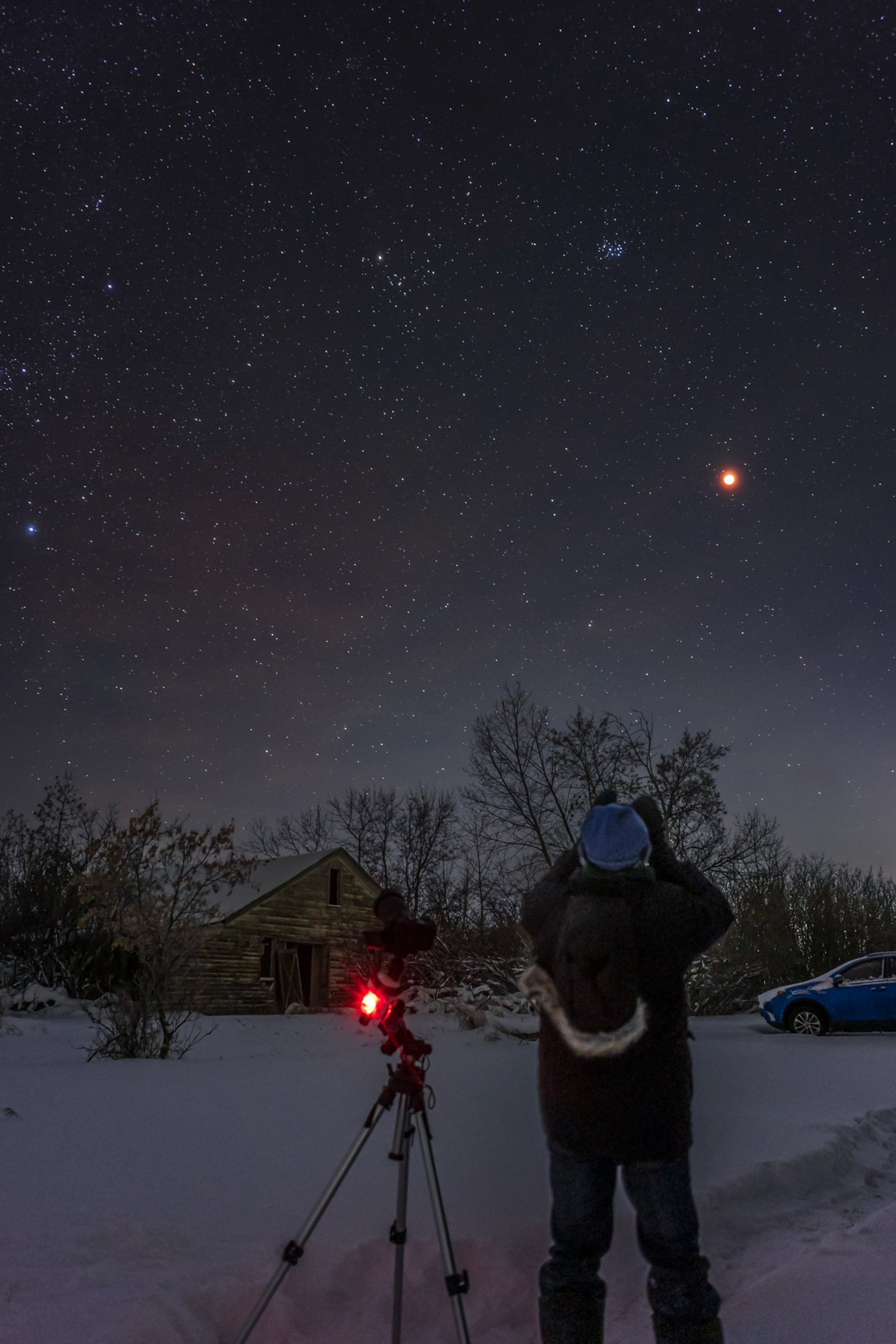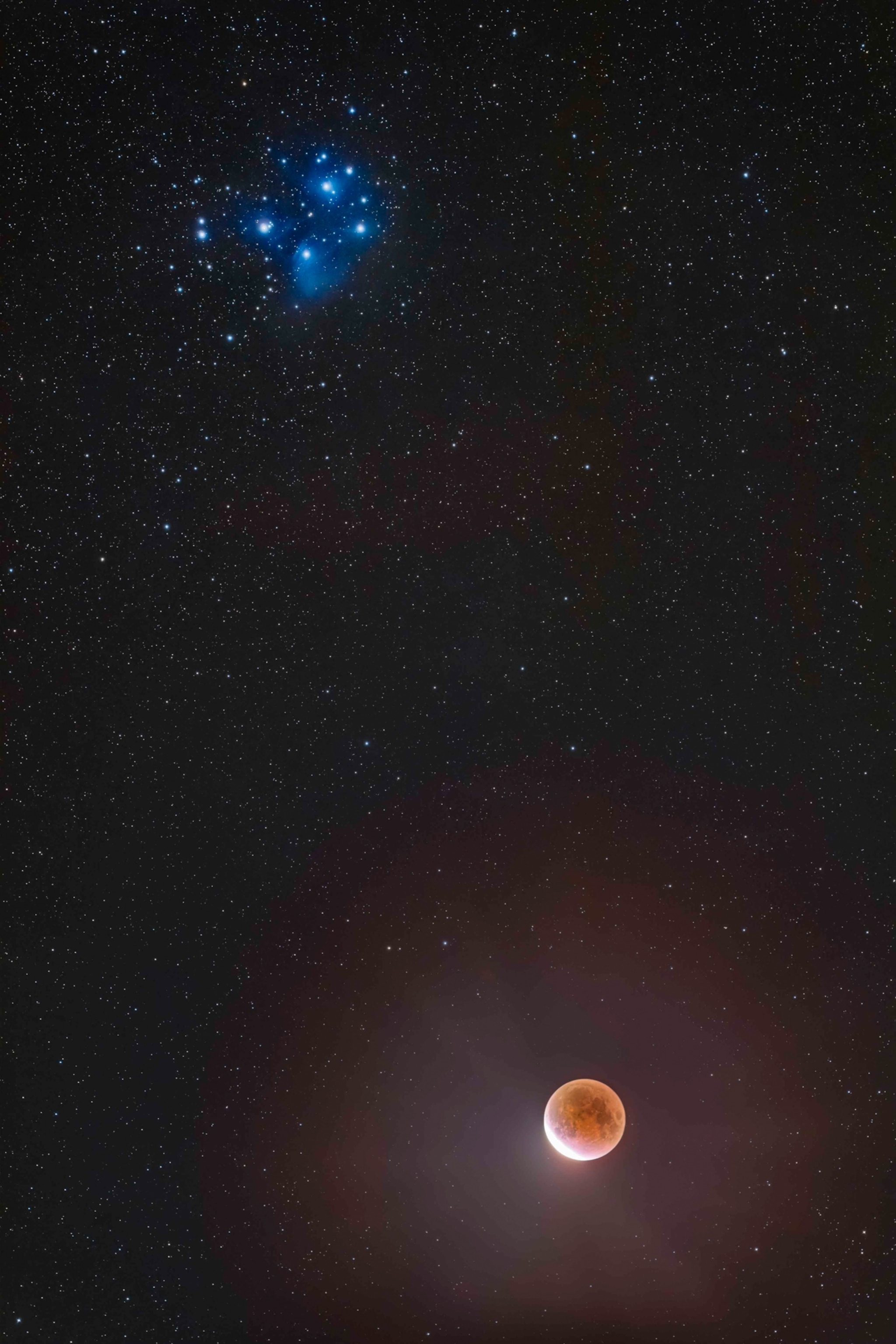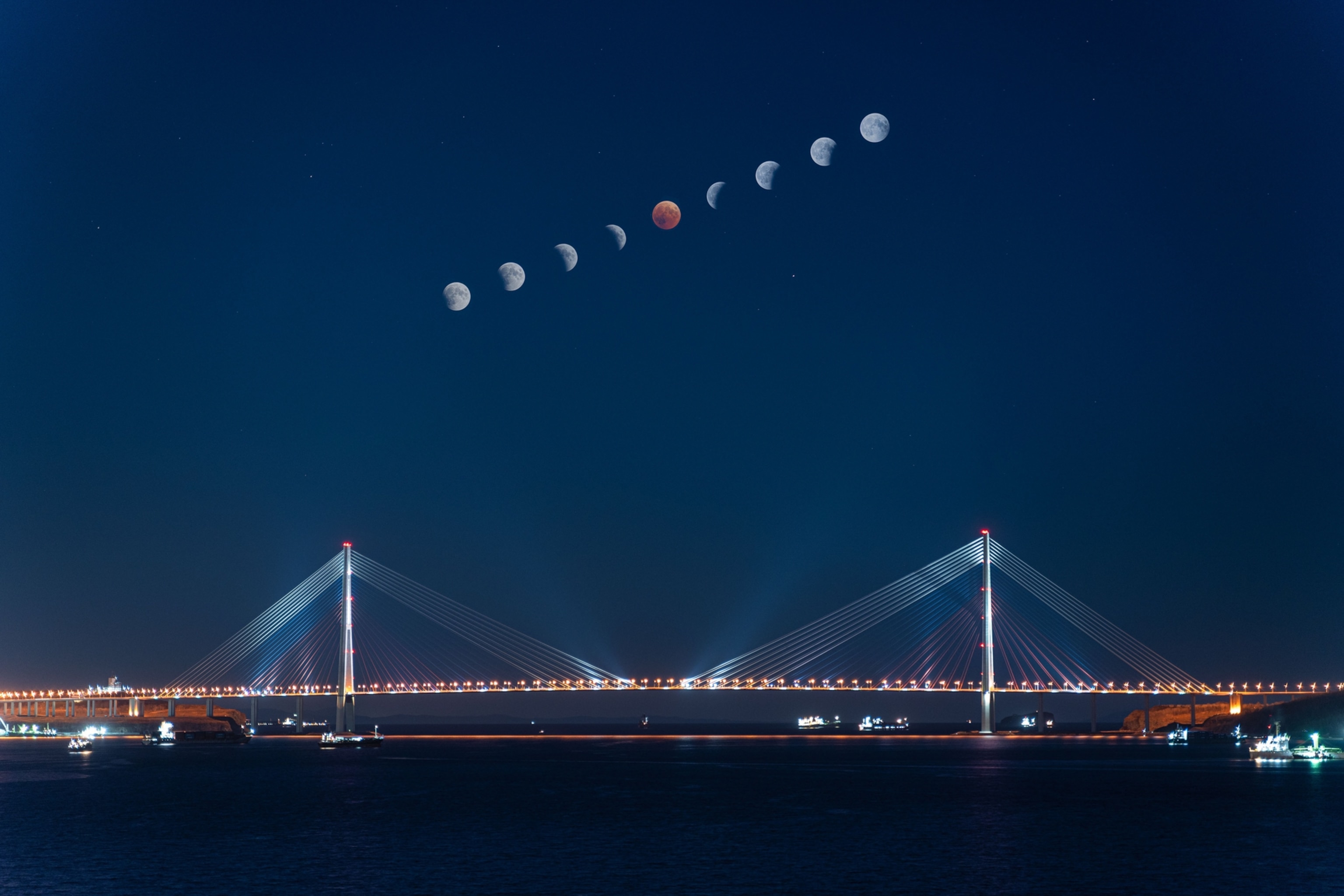For the first time since 2022, skywatchers across North America will see the full moon slip into Earth’s shadow, transforming into a deep reddish hue. The event begins after midnight on March 14 in the eastern U.S. and Canada, while those in the western half of the continent will see it unfold before midnight on March 13. Here’s what causes this phenomenon and when and where to watch.
What happens during a lunar eclipse?
A lunar eclipse occurs when the Earth moves directly between the sun and the moon, casting a shadow that gradually darkens the lunar surface.
The most striking phase—when the moon takes on a deep orange or red color—earns it the nickname “blood moon.” This happens because sunlight filtering through Earth’s atmosphere scatters shorter wavelengths of light (blues and greens) while allowing longer, red wavelengths to reach the moon. It’s the same effect that makes sunsets look red.
(Learn more about the three types of lunar eclipse and what causes them.)
The exact shade of red we see, however, depends on atmospheric conditions. A clear atmosphere produces a brighter, coppery moon, while the increased density of atmospheric particles makes it appear darker and redder. For this eclipse, predictions suggest relatively clean atmospheric conditions, meaning the moon may glow a brighter orange-red.

A total lunar eclipse lights up the sky over Alberta, Canada, on November 8, 2022.
Photograph by Alan Dyer, VWPics/Redux

During a total lunar eclipse (one in 2021 seen here in Alberta, Canada), light is refracted through Earth’s atmosphere, casting a fiery glow on the moon’s surface.
Photograph by Alan Dyer, VWPics/Redux
Where and when to see the eclipse?
The total lunar eclipse on March 13-14, 2025, will unfold over six hours, offering skywatchers a changing view as the moon moves through Earth’s shadow. The most dramatic phase—the total eclipse—will last 66 minutes, giving plenty of time to witness the moon’s eerie transformation into a deep red.
(Here are eight other must-see night sky events to look forward to in 2025.)
The total lunar eclipse will be visible across North and South America, parts of western Europe, Africa, and the Pacific region. For skywatchers in North America, the eclipse will begin late on the night of March 13 and continue into the early hours of March 14, depending on local time zones.
Those in western Europe will see the blood moon setting in the west as the eclipse unfolds, while in New Zealand, the fully eclipsed moon will rise in the east just after sunset.
The most dramatic phase of the eclipse—the moment when the moon is fully engulfed in Earth’s shadow—begins at 06:26 UTC (1:26 a.m. EST, 10:26 p.m. PST). At this point, the moon will glow in deep shades of red, copper, or orange, creating a striking celestial display.

A composite image captures the Moon’s dramatic transformation during a total lunar eclipse, shifting from bright full moon to partial shadow before glowing deep red in Earth’s umbra.
Composite Photograph by Guo Feizhou, Xinhua/eyevine/Redux
How to capture the eclipse?
The best way to enjoy the eclipse is to step outside, find a spot with an unobstructed view of the sky, and watch as the moon slowly changes color. Unlike a solar eclipse, no special glasses are required.
For those wanting to capture the moment, a smartphone on a tripod can do wonders. Lower your camera’s exposure to prevent the moon’s bright surface from becoming overexposed.
If you have binoculars or a telescope, use them to see finer details of the lunar surface as it darkens and turns red.
(Here’s how to take stellar photographs of the night sky.)
During totality, the sky around the moon will darken enough to reveal stars that are usually washed out by moonlight. Look closely, and you may spot Spica, a bright blue star 250 light-years away, and Regulus, located 78 light-years from Earth.
When is the next total lunar eclipse?
If you miss this one, don’t worry! There’s another chance later in the year. The next total lunar eclipse will occur on September 7-8, 2025, but it will be visible primarily across Africa, Europe, Asia, and Australia. Skywatchers in the Americas will have to wait until March 3, 2026, for the next total lunar eclipse visible in their region.
Andrew Fazekas, the Night Sky Guy, is the lead author of the Stargazer’s Atlas and the best-selling second edition of The Backyard Guide to the Night Sky. Follow him on Facebook , Instagram, and YouTube.

Inspiring exploration for over 130 years
Subscribe now a get a free tote



